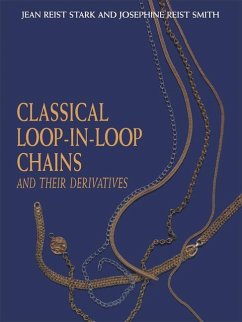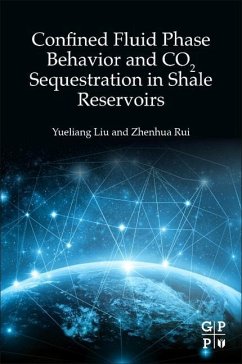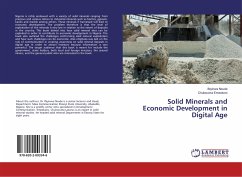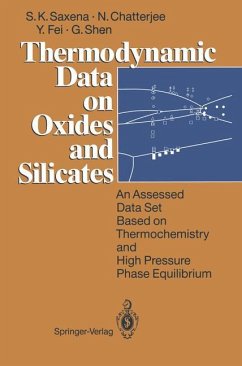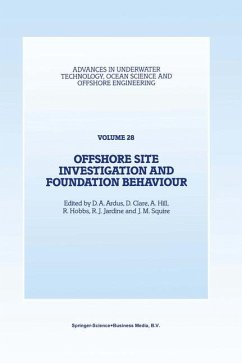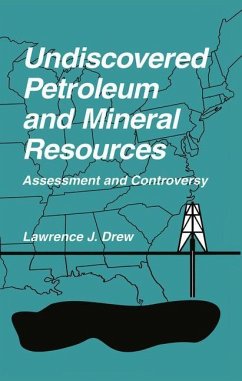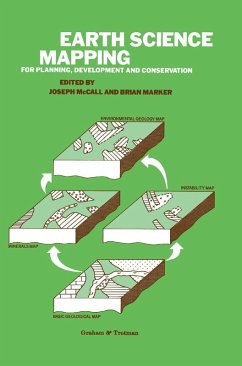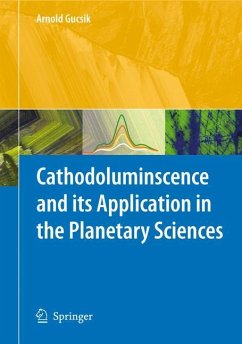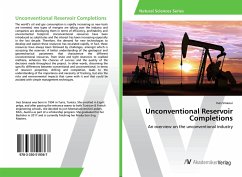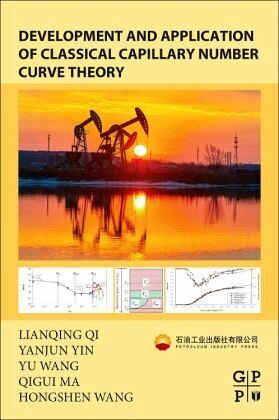
Development and Application of Classical Capillary Number Curve Theory

PAYBACK Punkte
44 °P sammeln!
Development and Application of Classical Capillary Curve Theory shows readers how to improve chemical flooding recovery procedures in enhanced oil recovery (EOR) using sophisticated numerical modeling techniques for oil displacement that build on, and enhance, the accepted capillary curve in a novel way. The title presents research and technical data that amends the classical capillary curve, giving new impetus to chemical flooding research. By analyzing the capillary number experiment QL, the book models oil and water distribution in the micro-space of the reservoir core.Finally, the book dis...
Development and Application of Classical Capillary Curve Theory shows readers how to improve chemical flooding recovery procedures in enhanced oil recovery (EOR) using sophisticated numerical modeling techniques for oil displacement that build on, and enhance, the accepted capillary curve in a novel way. The title presents research and technical data that amends the classical capillary curve, giving new impetus to chemical flooding research. By analyzing the capillary number experiment QL, the book models oil and water distribution in the micro-space of the reservoir core.
Finally, the book discusses chemical flooding software, reservoir geological modeling, field tests, and a new technique of digital oil displacement testing being developed.
Finally, the book discusses chemical flooding software, reservoir geological modeling, field tests, and a new technique of digital oil displacement testing being developed.




